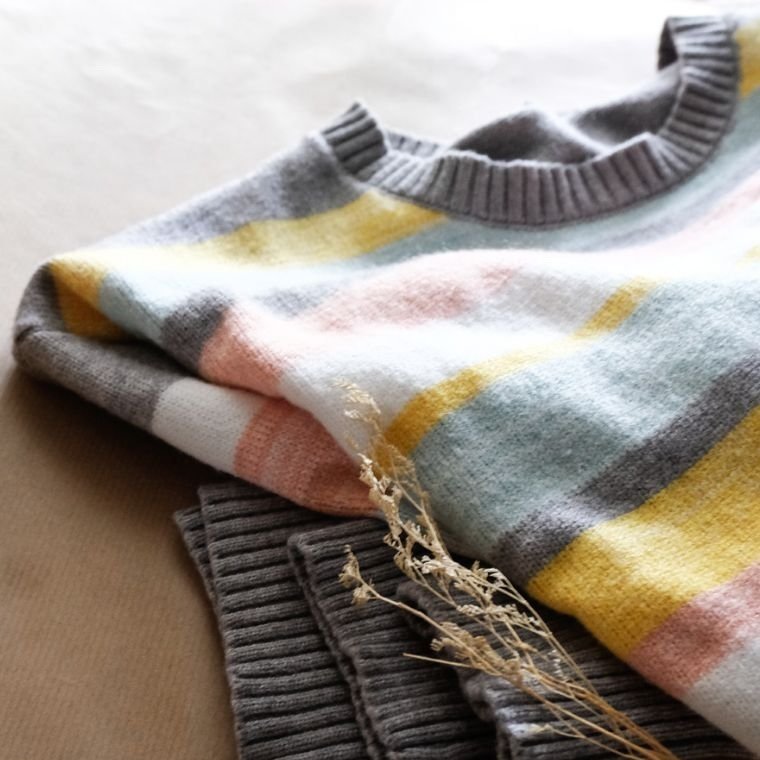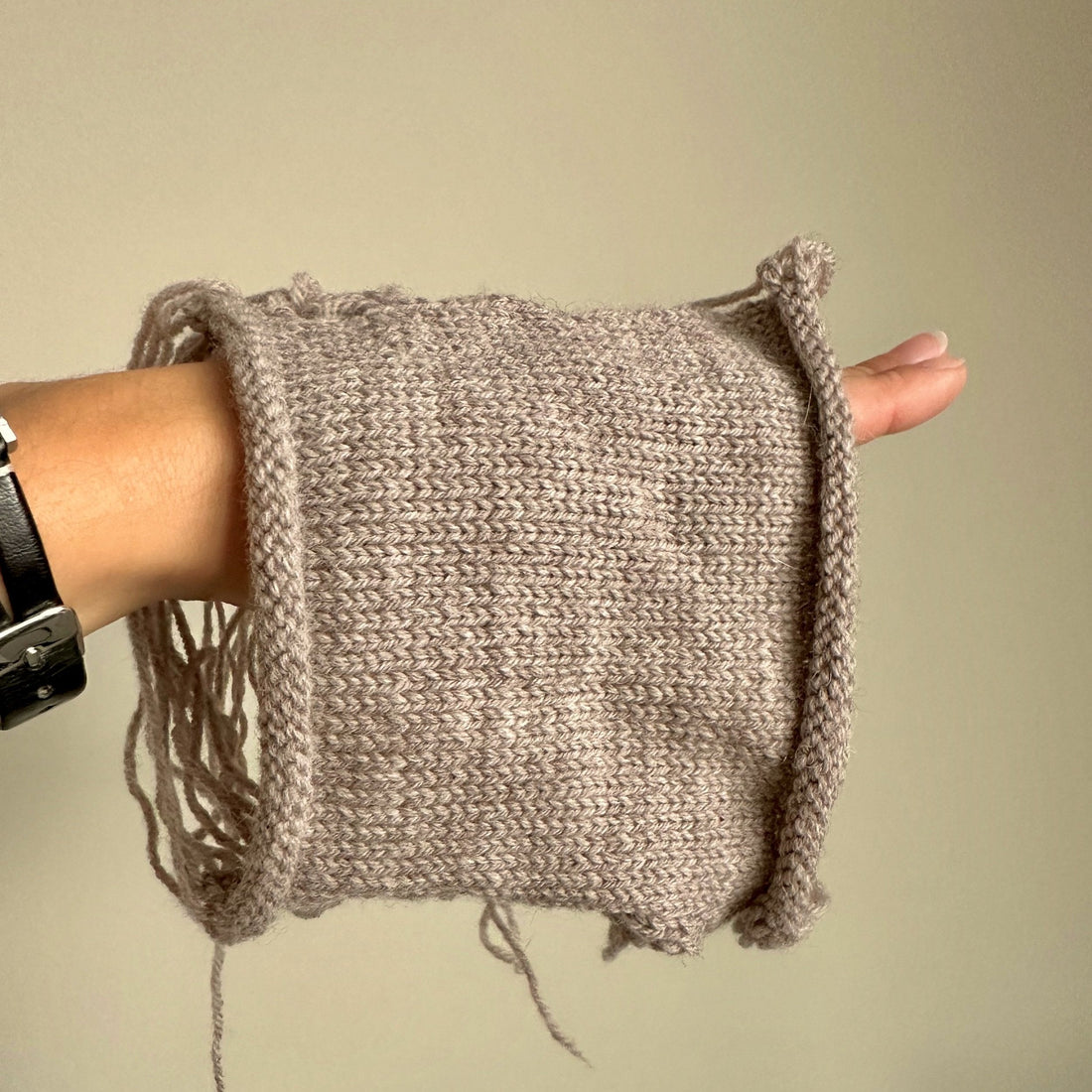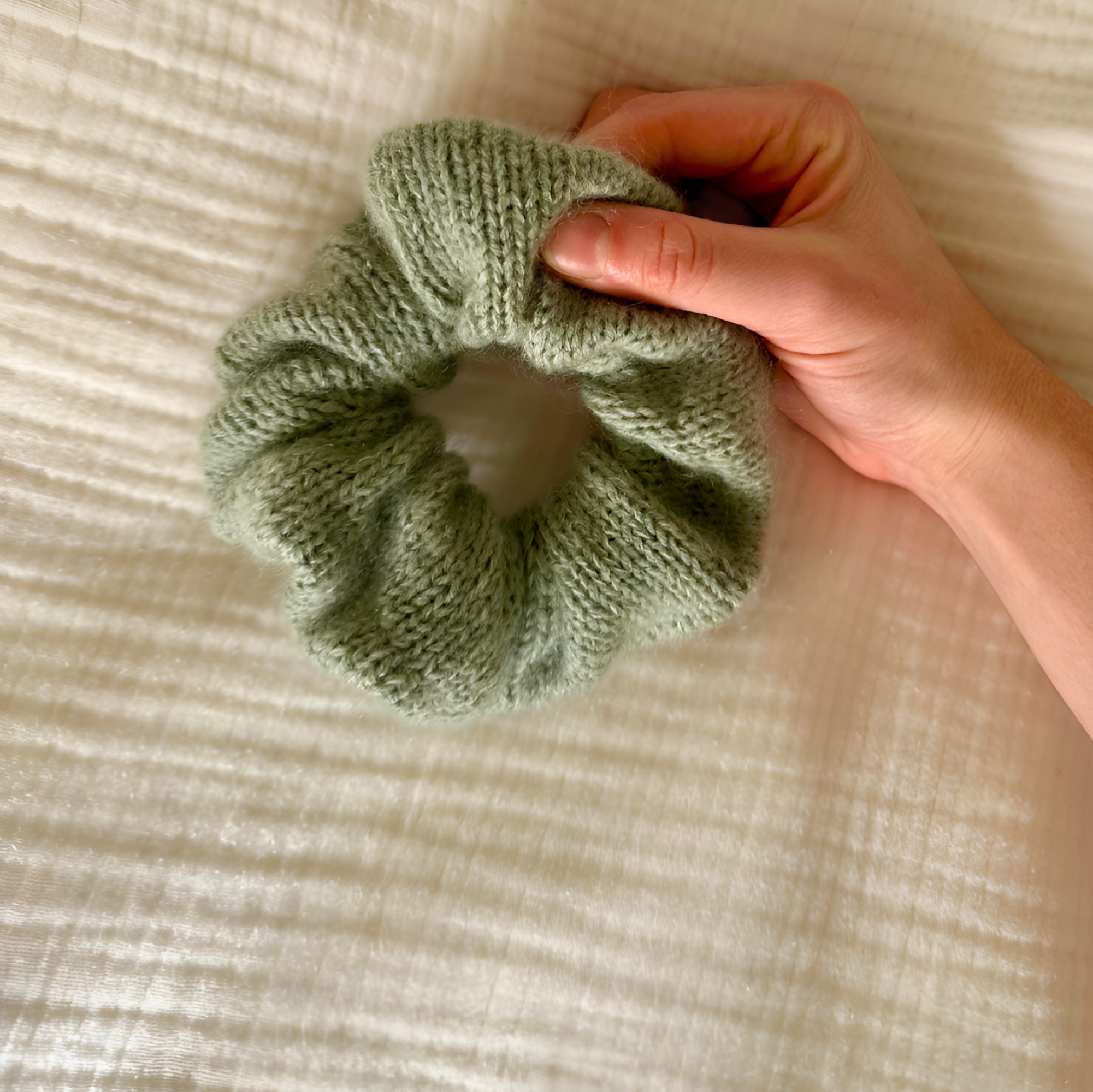As winter fades away and spring is, well, springing, it's time to start thinking about how to properly store your winter knits until next year. Winter knits are often made of thicker and cozier yarns that require special care and storage. It can be tough to say goodbye to your favorite sweaters, scarves, hats, and mittens, but with the right storage techniques, you can ensure they're ready and waiting for you when winter rolls back around.
Please note that this blog post contains affiliate links. If you make a purchase after clicking one of these links, I earn some yarn money at no extra cost to you!
Preparing Your Winter Knits for Storage
Before storing your winter knits, it's crucial to give them a good cleaning. First, check the care labels on each item to determine how best to wash or dry clean it. For most items, a gentle hand wash with mild detergent followed by air-drying is the way to go. Avoid wringing or twisting your knits, as this can cause stretching or damage to the fibers. Instead, gently squeeze out any excess water and lay the item flat to dry on a clean towel, plastic bag, or blocking mats. Once your knits are clean and dry, it's time to store them.
Check out this tutorial on washing and caring for your knits!
When folding your winter knits, be sure to fold them gently to avoid creases or damage to the fibers. Try not to hang your knits for an extended period, as this can cause stretching and distortion of the shape. Instead, fold your sweaters and place them in a storage container. You can use plastic bins, vacuum-sealed bags, or cloth storage bags to keep your knits safe and dry. Make sure you choose a container that's the appropriate size for your knits, and be careful not to overcrowd them.
Best Storage Practices for Winter Knits
The key to proper winter knit storage is to keep them in a cool, dry, and dark place. Moisture can be a knitter's worst enemy, as it can lead to mildew, mold, and unpleasant odors. Make sure your storage container is placed in a location that's dry and out of direct sunlight. If you live in a humid climate or have had issues with moisture in the past, you might consider using a dehumidifier or moisture-absorbing packets in your storage container.
Another essential aspect of winter knit storage is protecting them from pests. Moths and other insects can cause significant damage to your knits, so it's important to take preventative measures. Cedar blocks or lavender sachets can be placed in your storage container to repel moths and keep your knits smelling fresh. While mothballs may seem like an obvious go-to, be cautious when using them as they can be harmful to pets and small children.
How to Revive Winter Knits in the Fall
When it's time to pull out your winter knits again, it's essential to give them a good once-over. Start by checking each item for moth damage, holes, or any other signs of wear and tear. If you find any damage, take action immediately to prevent it from spreading. Freshen up your stored knits by giving them another wash or by simply airing them out in the fresh air for a few hours.
When you're ready to wear your winter knits again, make sure to treat them with care. To keep your knits looking their best, consider investing in some quality knitwear care products, such as a wool wash and a fabric shaver. With the right care and storage techniques, your winter knits can last for years to come.
As a knitter, you know how special your winter knits are. Whether you've made them yourself or received them as gifts, they're cherished items that bring warmth and comfort during the coldest months of the year. By taking the time to properly store and care for your winter knits, you can ensure they'll be just as cozy and beautiful when winter rolls back around. So go ahead and pack up your winter knits with confidence, knowing that you're taking the best possible care of them.
Do you have any storage tips for knitwear? Comment below!







